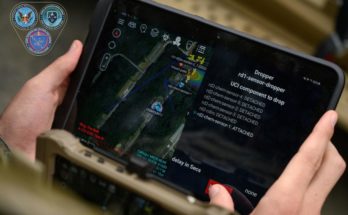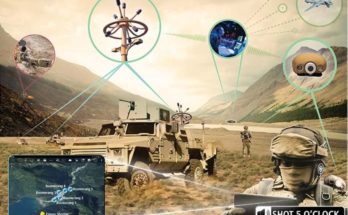Here’s another article on Robotic Research’s Pegasus III UAS controlled by ATAK, th time from Inside Unmanned Systems:

The company’s goal was familiar to the UAS world—prevent injuries and save lives—but a growing emphasis on miniaturization came forward. “A ground robot has a hard time climbing stairs,” Frelk explained. “How do we have a robot that can do multiple things?”
Initially, Pegasus was designed with the military in mind. “Special operators have need for…a more collaborative autonomy where lower-level functions can be given over to a ‘teammate’ that is robotic,” said Frelk, who served as a national security analyst within the U.S. House of Representatives.
The Mini also can negotiate navigation challenges within tunnels or dense urban environments. Perhaps punching above its weight, the Mini joins its siblings in delivering GPS-denied mapping with high-speed capability. This involves what Frelk called “a number of tricks.” Ground vehicle track odometry can eliminate drift, and visual odometry can measure flight difference. A coordinated localization system—Warloc—divides an area for data collection and quick use. And the Mini uses the ATAK (Android Tactical Assault Kit) smartphone app to provide military situational awareness via government-issue android smartphones. Like its larger siblings, the Mini can save all data for post processing, whether video, 3D maps or location information.




